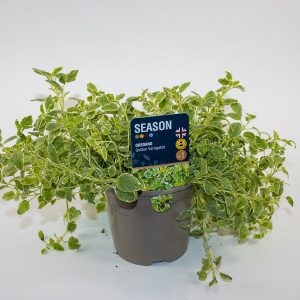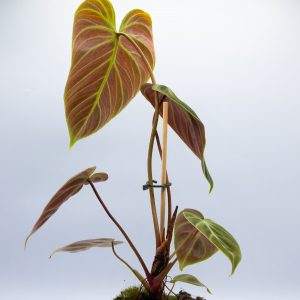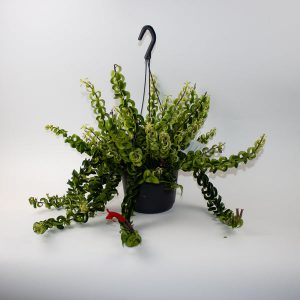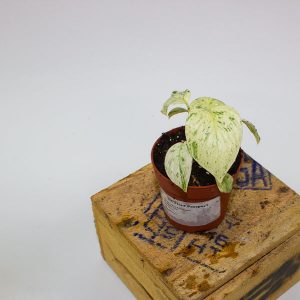Description
Botanical Name
Salvia officinalis
History & Uses
A revered herb since ancient times, Sage is native to the Mediterranean and has been used for culinary, medicinal, and ceremonial purposes. The Romans regarded it as a sacred herb, while in medieval Europe it was believed to ward off evil and illness. Today, sage is a staple in savoury cooking—especially poultry and stuffing recipes—and is also used in teas and natural remedies for its anti-inflammatory and antimicrobial properties.
Key Benefits
- Earthy flavour ideal for meats, stuffing, and sauces
- Known for its antiseptic and digestive benefits
- Highly aromatic grey-green leaves
- Attracts pollinators and adds texture to herb borders
Plant Care
- Eventual Height: 60–75 cm
- Type: Hardy perennial (evergreen)
- Aspect: Full sun, sheltered
- Soil Type: Well-draining, sandy or loamy soil
- Flower Colour: Blue to violet
- Flowering Period: Late spring to early summer
Summary
With its soft, aromatic leaves and deep culinary roots, Sage is a timeless herb for both cooking and wellness. Thriving in sunny, well-drained spots, it brings texture, flavour, and fragrance to herb gardens year-round.










Reviews
There are no reviews yet.